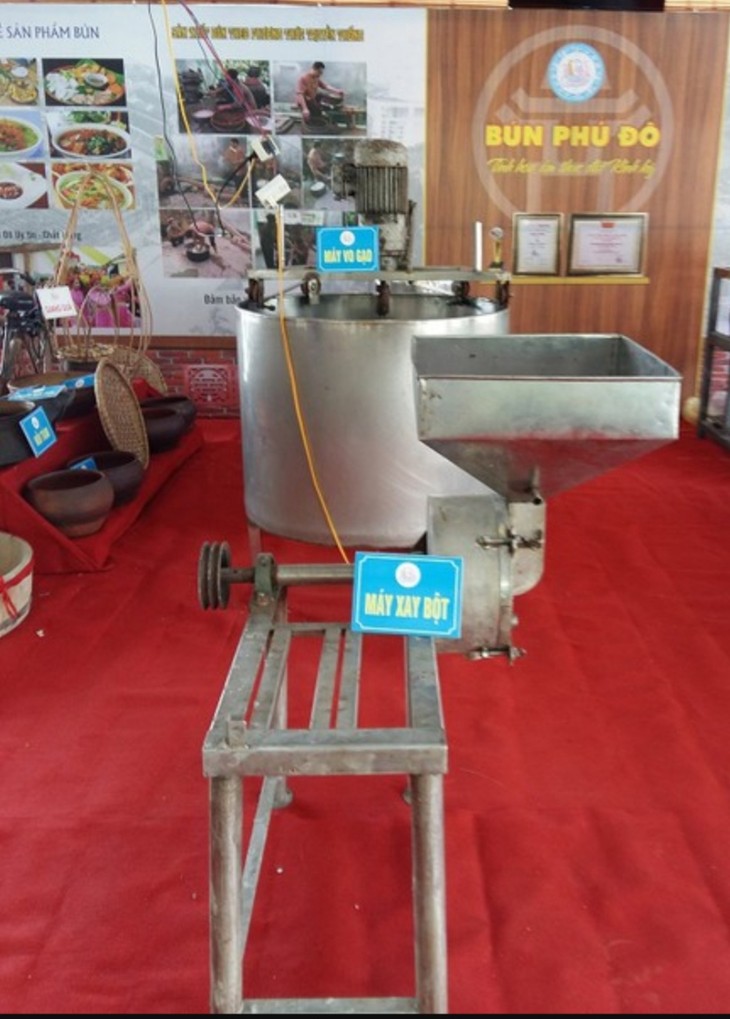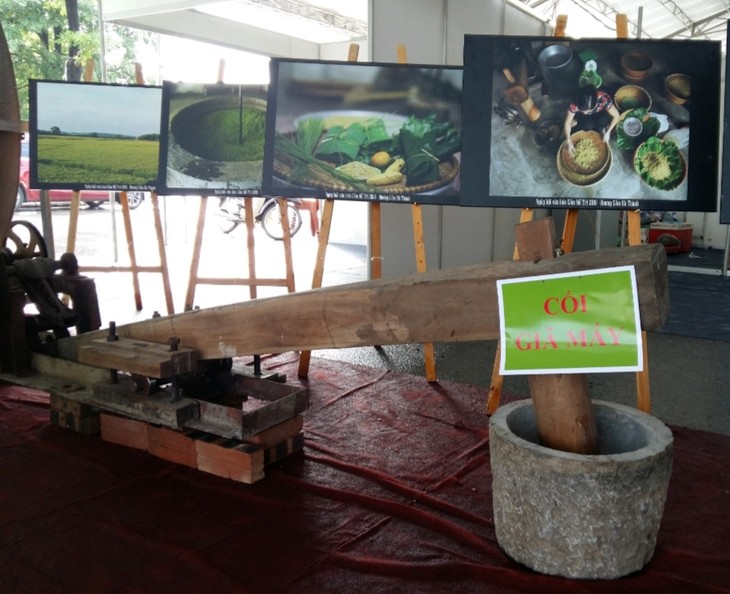(VOVWORLD) - Using renewable energy and conserving energy have become a growing trend in craft villages because of the obvious benefits. But they need more support from state agencies in the form of preferential loans to upgrade machines and equipment.
 New machines save energy in Phu Do vermiceli village New machines save energy in Phu Do vermiceli village |
Vietnam has more than 5,400 craft villages spanning 50 different occupation groups which contribute significantly to local economic growth and building new rural areas.
Trinh Quoc Dat, Deputy Chairman of the Vietnam Association of Crafts Villages (VICRAFTS), says most craft village workshops are small or medium-sized enterprises or just households with outdated equipment that consumes too much energy and contributes to environmental pollution.
Dat believes the first energy saving solution should be to switch to newer technology and production lines.
“Craft villages can save electricity by replacing outdated electric motors which consume too much energy, by using software to control the motor’s speed, or by making the most of natural light in workshops,” said Dat, adding, “Saving energy in craft villages has reduced the pressure on electricity and fuel supply and has cut production costs.”
Vietnamese craft villages have been converting from coal to gas, which results in greater efficiency and less environmental pollution.
Bat Trang pottery village in Hanoi is a success story.
Ha Van Lam, head of the Representative Committee of Bat Trang Pottery Village, told VOV, “My family was the first in the village to use a gas furnace. It proved to be efficient. Even when the power went out, the furnace kept going. Following that success, the model was expanded throughout the village.”
According to Lam, “Between 2000 and 2007, every workshop in Bat Trang converted to a gas kiln. Electric and gas kilns are equally economical, but electric furnaces are not as good as gas ovens because they don’t create a high enough temperature to create the enamel colors demanded by the market. From a smoky village Bat Trang has become a green village with better quality goods. This was a significant step forward for the village.”

Rice pounding machines in Me Tri craft village
|
Phu Do rice vermicelli village is another village in Hanoi that has converted to electricity-powered production lines.
Nguyen Van Hoa, head of Phu Do Vermicelli Making Club, said, “We have successfully converted to more modern machines, and the local environment has improved significantly. In the past, when we used coal, the maximum output was 200 kilos per day. That has increased to 2 tons of vermicelli a day. Some facilities even make 3 tons a day. And the quality has improved. The vermicelli strands are now whiter and softer.”
To reduce power costs, many Vietnamese craft villages are working off-peak hours and using energy-saving solar and wind-powered devices.
Doctor Nguyen Vi Khai, Vice Chairman of the Advisory Council for the Vietnam Association of Craft Villages, said, “Business managers in craft villages need to stay up-to-date, because the energy sector keeps changing.”
“Energy now includes not just coal, firewood, bran, and rice husks, but also super-clean fuels like natural hydrate or gas hydrate. This is the future of energy. Gas hydrate produces 2 to 2.5 times as much heat as traditional energy. Craft villages must have an energy development strategy in the Fourth Industrialization Revolution,” said Khai.